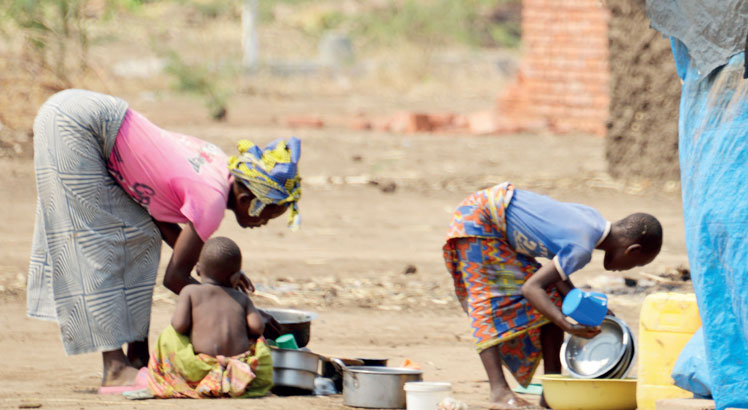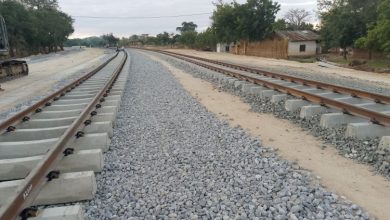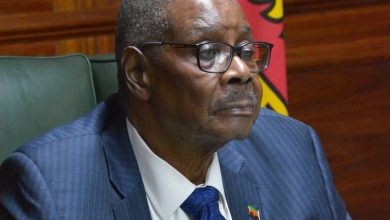WB warns on gloomy economic outlook
The World Bank says economic outlook offers little relief with growth projected at 1.9 percent in 2025, below the 2.6 percent population growth rate, making poverty reduction unlikely.
In its October 2025 Malawi Poverty and Equity Brief, the bank said as a consequence, an estimated 76.6 percent will live below $3 per day in 2025 from the initial 75.4 percent, with 482 000 more falling into poverty.
Said the bank: “The slow pace of poverty reduction reflects structural constraints: stagnant per capita GDP growth, low productivity in agriculture, low transformation, and repeated climate shocks.

“Inequality narrowed, the Gini coefficient fell from 0.45 to 0.39, though mainly due to worse conditions for richer households, not gains for the poor.”
The bank said hunger remains critical after poor harvests since 2022, with stunting among under-fives stagnated at 38 percent since 2016 and amid rising teenage pregnancy to 32 percent in 2024, up from 29 percent in 2015, with highest rates among the poorest households and girls with no education (55 percent) risk reversing child survival gains and perpetuating poverty.
While maize output rose 5.4 percent in 2024/25, it was still 25 percent below the 2019–23 average, leaving a gap of over 400 000 tonnes.
In recent years, Malawi has been hit by major disasters— Cyclone Idai in 2019, Cyclone Ana and Tropical Storm Gombe in 2022, Cyclone Freddy in 2023, and El Niño–induced droughts in 2024—while food price inflation worsened hardship.
Consequently, economic growth has averaged 2.2 percent, far below the recommended 10.6 percent required to grow the economy to a lower middle income status by 2030, with a GDP per capita mark of about $1 086 (about K1.9 million) as envisaged in Malawi 2063, the country’s long-term development strategy.
World Bank data shows that Malawi’s gross domestic product (GDP) per capita stands at $602.3 (about K1 million) as of 2023, far below that of the lower middle-income economy of $1 146 (about K2 million) and higher income economies of $14 005 (about K25 million).
In an interview, Centre for Social Concern economic governance officer Agness Nyirongo observed that with majority of the population wallowing in dire poverty, it is difficult to pursue a self-reliant and prosperous nation for all.
She said: “To reverse these trends, Malawi must urgently rethink its economic strategy. Strengthening the agricultural sector is critical, but this must go beyond subsidy programs. Equally important is the need to stabilise the macroeconomic environment
“On the social front, expanding and modernising safety nets is essential to protect the poorest and most vulnerable.”
Speaking in his inaugural speech, President Peter Mutharika dire economic state—marked by foreign exchange shortages, soaring cost of living and widespread despair—he insisted the crisis was man-made and solvable. acknowledged the country’s
“The only way to rebuild this country is to make tough decisions,” Mutharika stated.
Meanwhile, Treasury has revised Malawi’s projected real GDP growth rate for 2025 downward from the earlier estimate of four percent to 3.2 percent owing to weaker-than-expected performance in key sectors.





